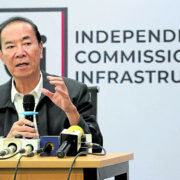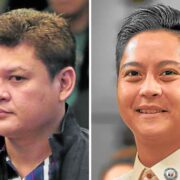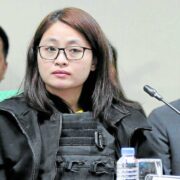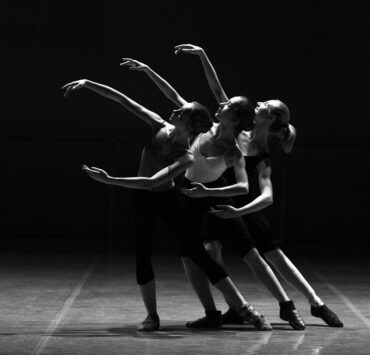PPO premieres Jeffrey Ching’s new symphonic work at final concert
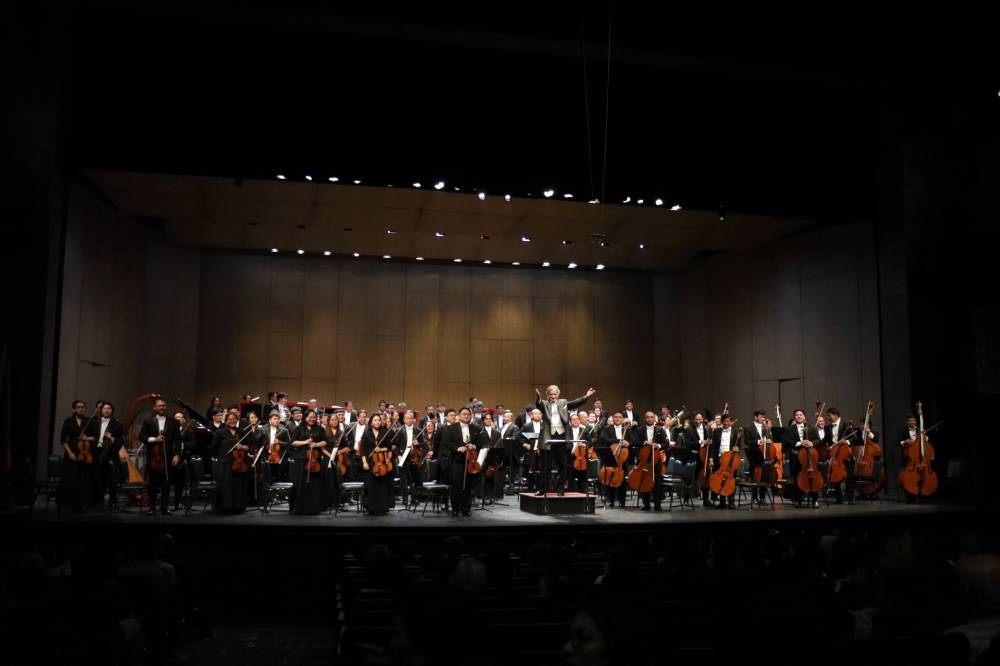
The Philippine Philharmonic Orchestra (PPO) gave the world the premiere performance of composer Jeffrey Ching’s new symphonic work, “Concerto for Orchestra,” in its final concert for the current season held recently at the Samsung Performing Arts Theater.
Ching is the composer in residence of the PPO for this current season. He also composed “Fiesta Contrapuntistica,” a contrapuntal fantasy, which the PPO played in its opening concert for this year’s concert season in September last year.
The “Concerto for the Orchestra” fittingly opened the program with maestro Grzegorz Nowak, PPO’s principal conductor, wielding the baton on the podium. Scored in a contemporary vein that followed an unconventional design, these new works enrich the PPO’s repertoire.
The “Concerto for Orchestra” served as the concert’s main fare. It was followed by another concerto, this time for the violin, after a brief interval. Truly, it was a night of double concertos that underscored the collective capability of the orchestra, including its concert master, Diomedes Saraza Jr., who was a last-minute substitute soloist, performing the immortal Mendelssohn “Violin Concerto. Op. 64, in E minor.”
The audience listened intently to Ching’s new work, literally, to what Plato said, the “music of the spheres!” The concerto was framed by two mathematical philosophies enunciated by Italian mathematician Leonardo Bonacci, commonly known as Fibonacci, and the French Mathematician, Edouard Lucas. Mathematics and music are intimately connected.
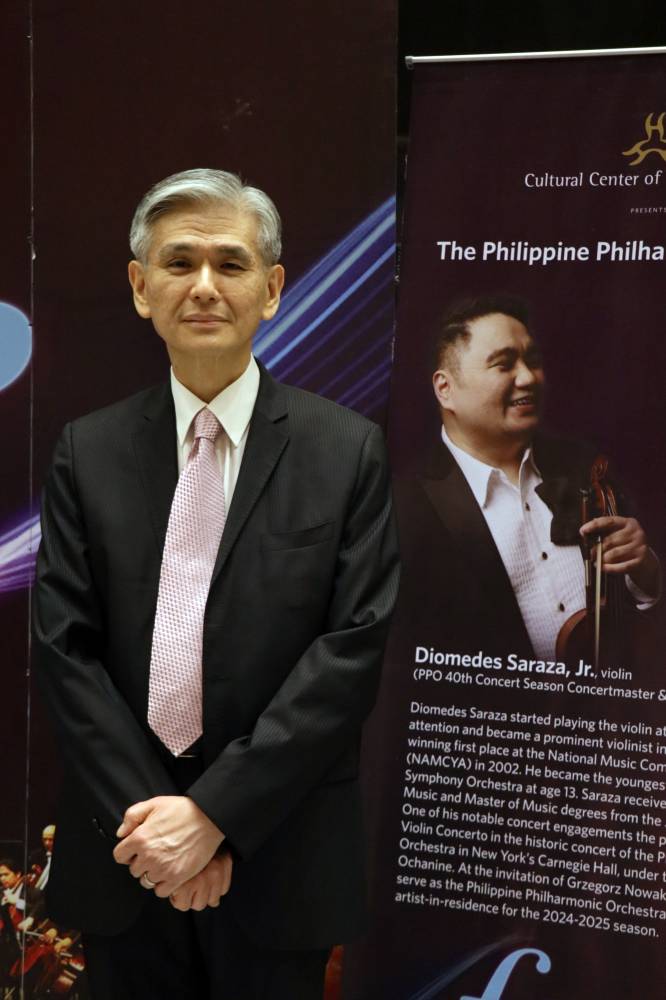
Well-balanced sound
A through-composed work, the performance lasted for a little more than half an hour. It underscored the orchestra’s individual as well as sectional capability in a series of variations following the two mathematical conceptual constructs that defined both horizontal (melodic) as well as vertical (harmonic) configurations.
The PPO intoned a well-balanced symphonic sound, as the different instruments gave a harmonious, well-blended, and cohesive sound.
Listening to the hymn-like passage at the start was enchanting. At once, an ethereal ambiance was etched. It was so aurally alluring to listen to the fugues that unfolded. It was gratifying to listen to the entire orchestra as each section—from the strings, the winds, and percussion that included an electric celesta—played their specific parts and complemented each other. One heard the double bassoon, for instance, being supported by the double basses, and the like.
There were various sound effects. The string sections used varied bowing techniques to achieve various harmonic effects needed to satisfy the desired sonar requirement of the piece. So did the wind instruments that gave those muted sounds, all done to create an otherworldly sonar effect.
The work is an impressive musical homage to creation, both “human and divine,” that followed a mathematical configuration. Its performance is perhaps a fitting homage to the Lenten season.
It is dedicated to the memory of Matias de Oliveira Pinto, a renowned cellist and friend of composer Jeffrey Ching.
On the podium stood the savant conductor, the venerable maestro Nowak, who wielded the baton with supreme authority. He conducted with an ease derived from a keen and well-rounded understanding of the stylistic nuances of symphonic music, including new or avant-garde music. It certainly attests to his holistic grounding on the various genres of symphonic music as a seasoned symphonic conductor.
Brilliant rendition
At the end, in the midst of the audience’s applause, composer Ching came up to the stage for proper acknowledgment.
After a brief interval, concert master Saraza Jr. assumed the role of the concert’s soloist for the performance of Mendelssohn’s “Violin Concerto. Op. 64” in E minor. Here, the audience cherished the piece’s overflowing sense of romantic lyricism that tugged at the heartstrings.
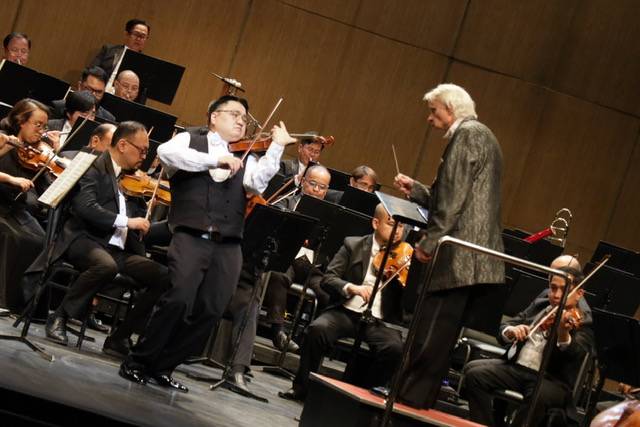
Maestro Nowak and violinist Saraza Jr. forged a tight collaborative rapport to underscore a brilliant rendition of the piece. Assuming a virtuoso stance, the latter gave a thorough and passionate performance.
He rendered the cadenza with solid dispatch in the first movement, and played with absolute tenderness the lyrical passages of the second movement. (“I Don’t Know How to Love Him,” the aria of Mary Magdalene in Andrew Lloyd Weber’s “Jesus Christ, Superstar,” shows quite an affinity to the tuneful lyricism of this movement.) Saraza capped the concerto with a spirited playing of the last movement that moved the audience to burst into thunderous applause, punctuated with shouts of “bravo” at the end.
Saraza encored with Eugene Esaye’s “Sonata No.3,” a piece scored for one movement. Here, all the more Saraza showed his virtuosity as he tackled the fast-closing section of the piece.
The PPO clinched the program with a magnificent playing of Bizet’s “Carmen Suite No. 1,” surging through each movement, from the “Prelude” to the concluding “Les Toreadors” with symphonic elan.
The audience simply enjoyed listening to the piece’s familiar operatic melodies.




